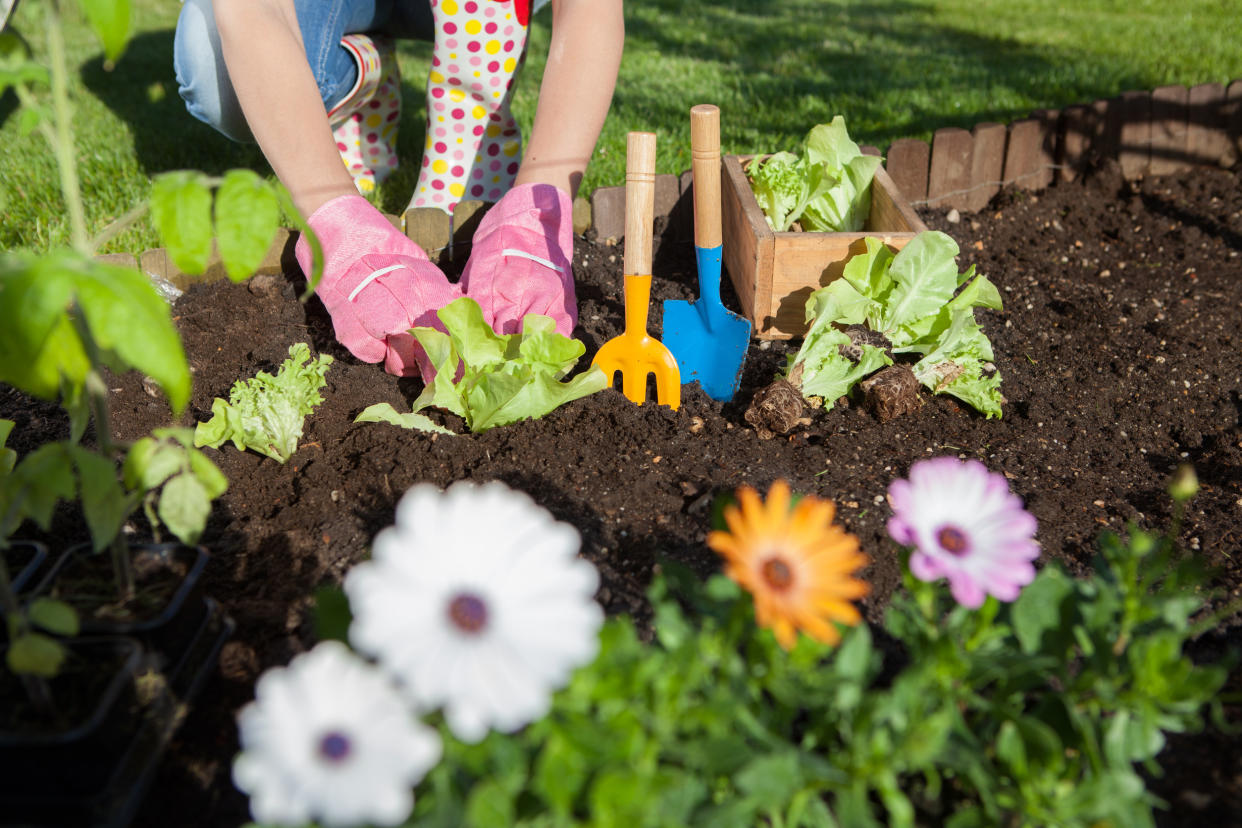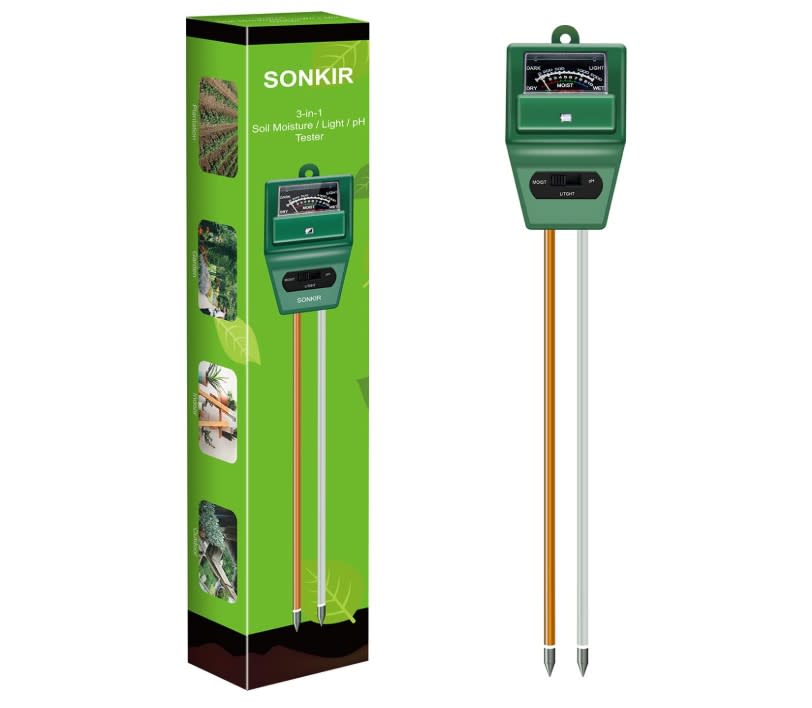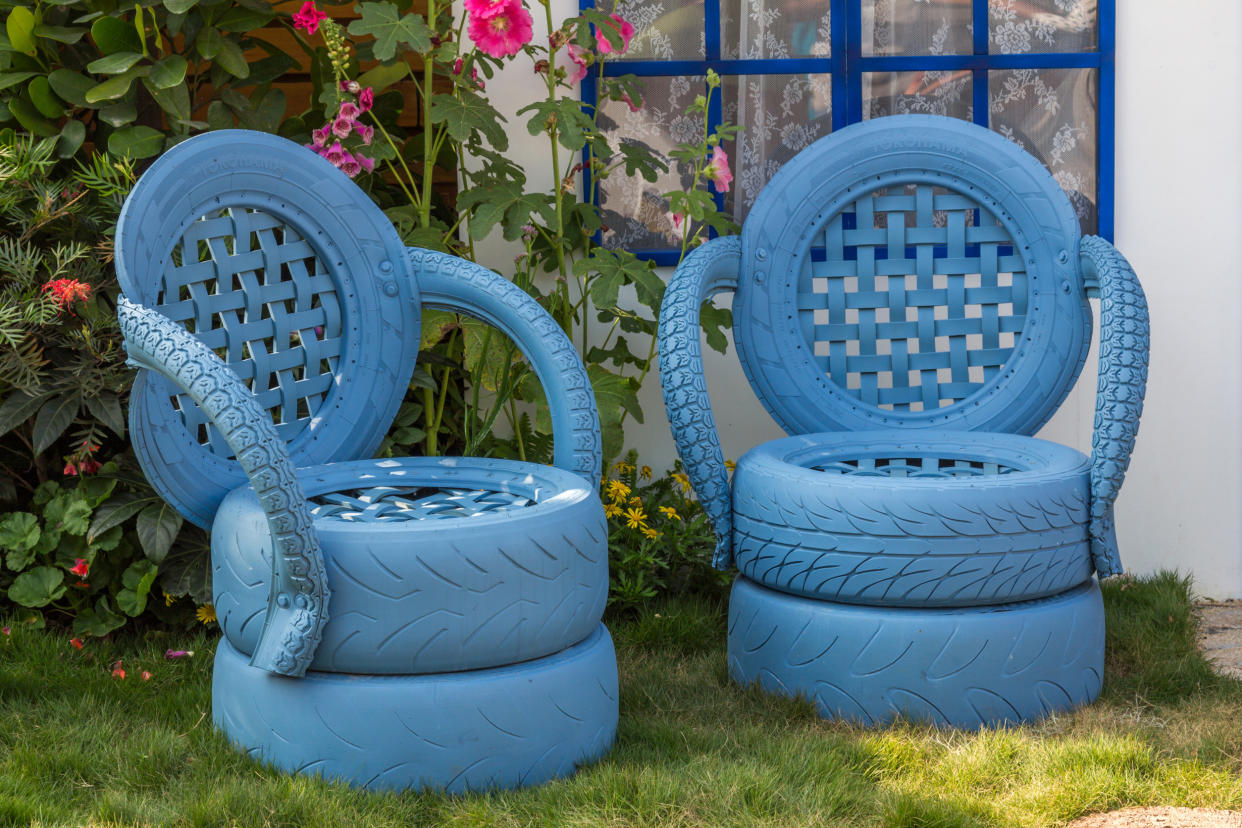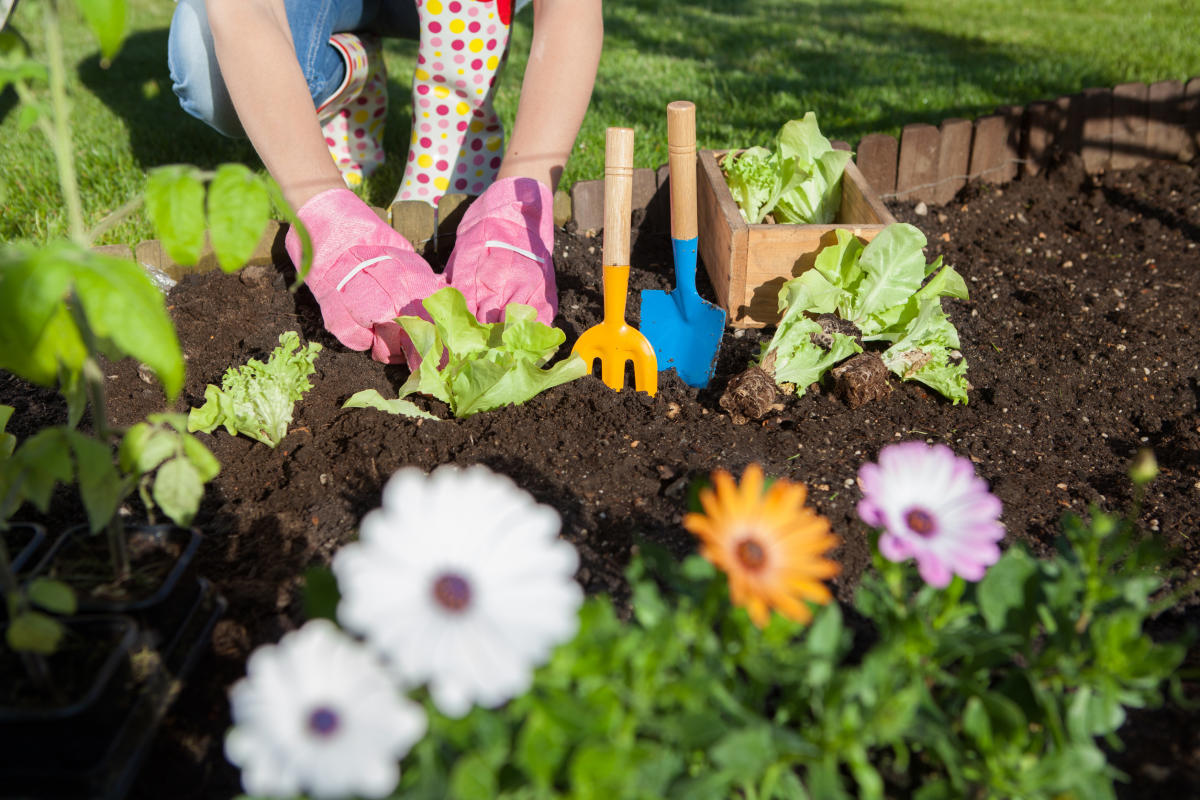
People are changing their lifestyles to be more sustainable. It doesn't end at the checkout. It can extend to your home and garden. Creating an eco-friendly sanctuary right in your home is easier than you think, and it's extremely rewarding. It not only nourishes nature, but also increases your well-being. Here are a few tips to make your garden greener and more sustainable this year.
1. Choose native plants for easy care
Native plants are the heart and soul of sustainable gardening. These plants are perfectly adapted to your local climate, meaning you have less hassle with watering and no need for chemical fertilizers. Not only are they low maintenance, but they also provide a haven for local wildlife, providing food and shelter for important pollinators such as bees and butterflies. Plus, native plants help you reduce costs while enriching the biodiversity of your garden. To get started, research what grows best in your area and watch your garden thrive with a little extra work.
2. Opt for organic soil and compost


Healthy soil is the backbone of a thriving, sustainable garden. Avoid chemical fertilizers and instead enrich your soil with organic compost made from kitchen scraps, leaves and garden clippings. Not only does this reduce waste in the landfill, but it also gives your plants a nutrient-rich boost that ensures consistent growth. Organic soil retains water more effectively, allowing you to save on irrigation while keeping your garden hydrated. For an added benefit, test your soil's pH and nutrient levels to create the perfect growing conditions for your plants. There are many soil pH testers online that you can purchase for as little as $8.
3. Practice water-friendly gardening
Water conservation is key to building a truly sustainable garden. Start by installing a rain barrel to capture and store rainwater. This reduces your dependence on municipal water supplies and saves you money. On average, homeowners use about 320 gallons of water per day, so one rain barrel could provide water for several days. Mulching is another game-changer because it binds soil moisture, reduces evaporation and suppresses weeds that compete for water. Consider upgrading to a drip irrigation system that directly targets plant roots and avoids wasteful runoff. To make your garden even more water efficient, group plants with similar watering needs to ensure each area gets the care it needs without overwatering.
4. Recycle and reuse materials


A sustainable garden thrives on creativity and ingenuity. Transform household items like jars, boxes, and old furniture into unique planters or garden decorations. Use recycled materials to build raised beds or trellises to reduce waste while adding character to your garden. Upcycling not only saves money, but it also prevents items from ending up in landfills. Get inspired with DIY projects to transform your garden into an eco-friendly oasis. Every effort, no matter how small, counts towards sustainability.
5. Rotate plants to maintain soil health
Crop rotation is an ancient technique for sustainable gardening. By growing different crops in the same area each year, you prevent soil depletion and reduce the risk of disease. Certain plants such as legumes even enrich the soil with nitrogen, which benefits future crops. This practice also disrupts pest life cycles and keeps infestations at bay. Plan your garden design carefully to maximize the benefits of crop rotation. Healthy soil leads to a thriving, low-maintenance garden.
Start your sustainable gardening journey today
Taking steps toward a more sustainable garden is easier than you think. With the right tools and knowledge, you can fully engage with the environment in 2025. Take these tips with you and watch your garden thrive.
